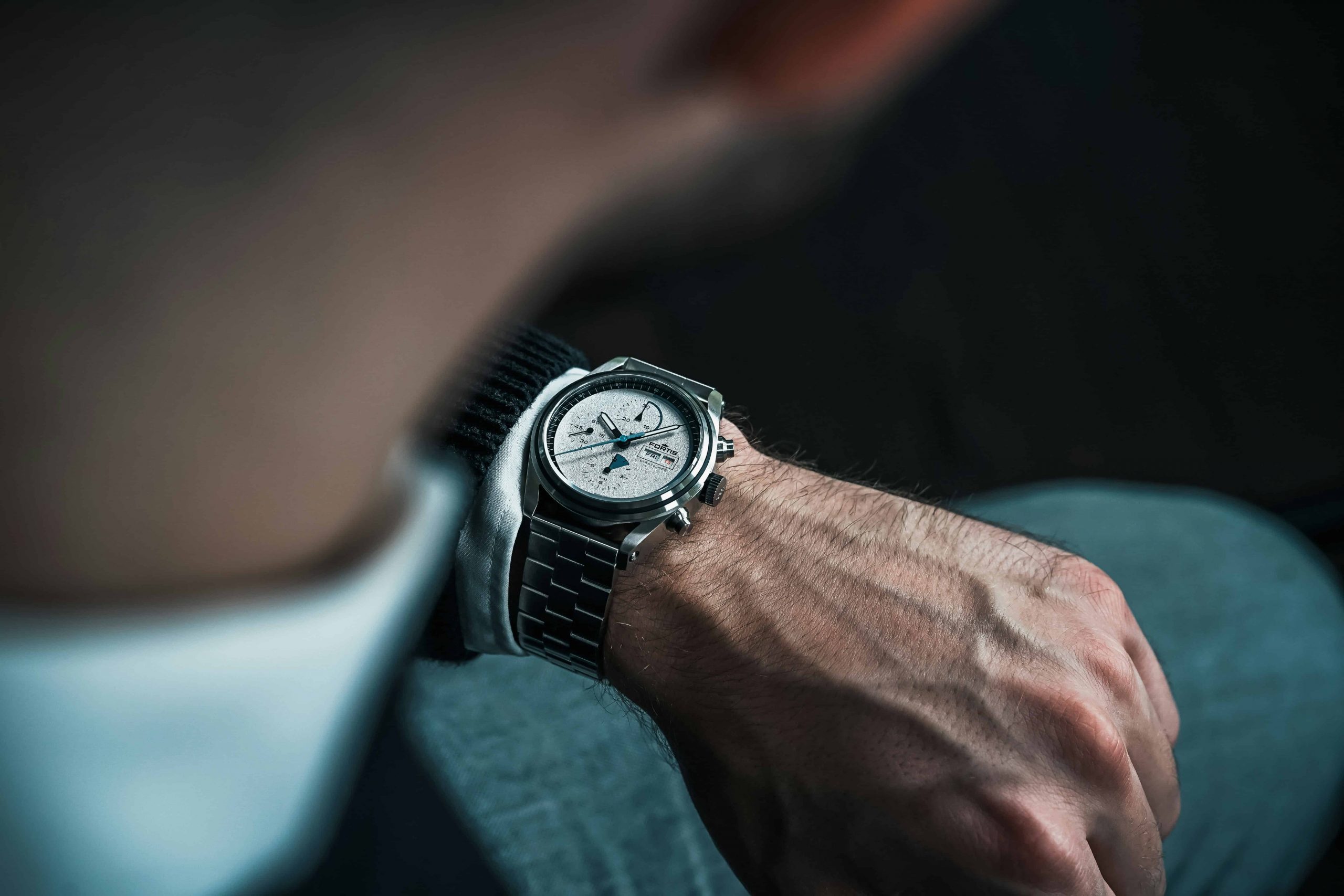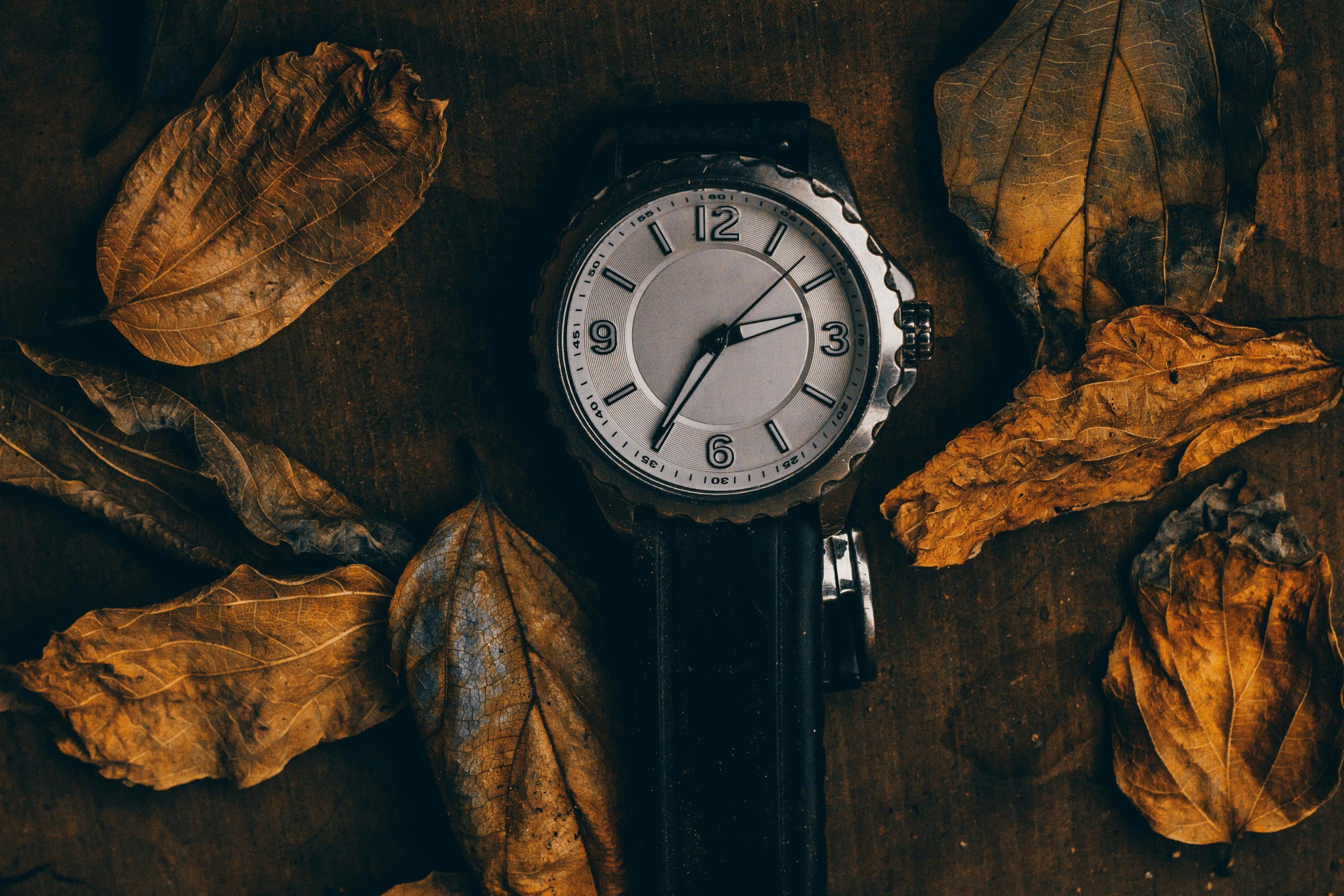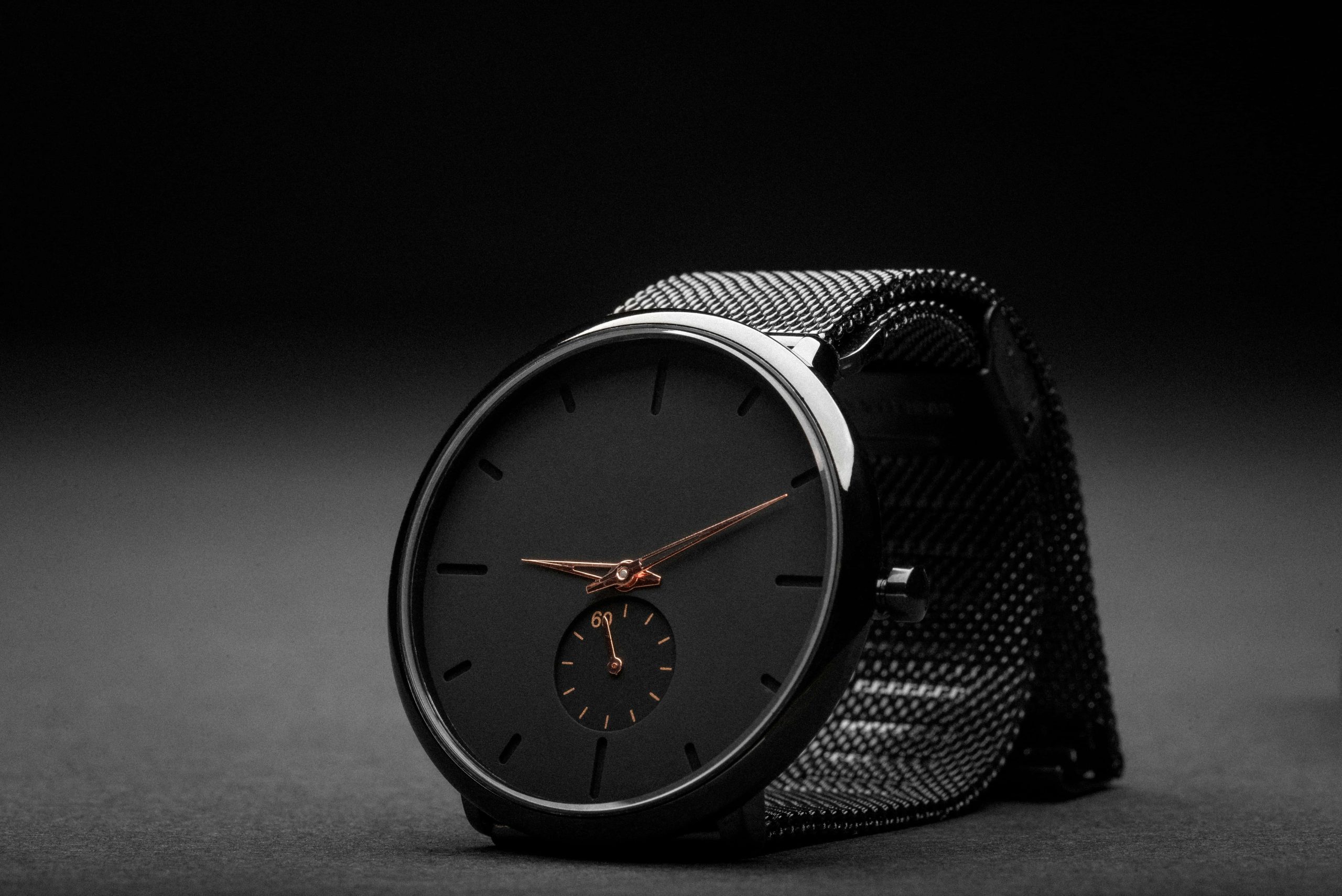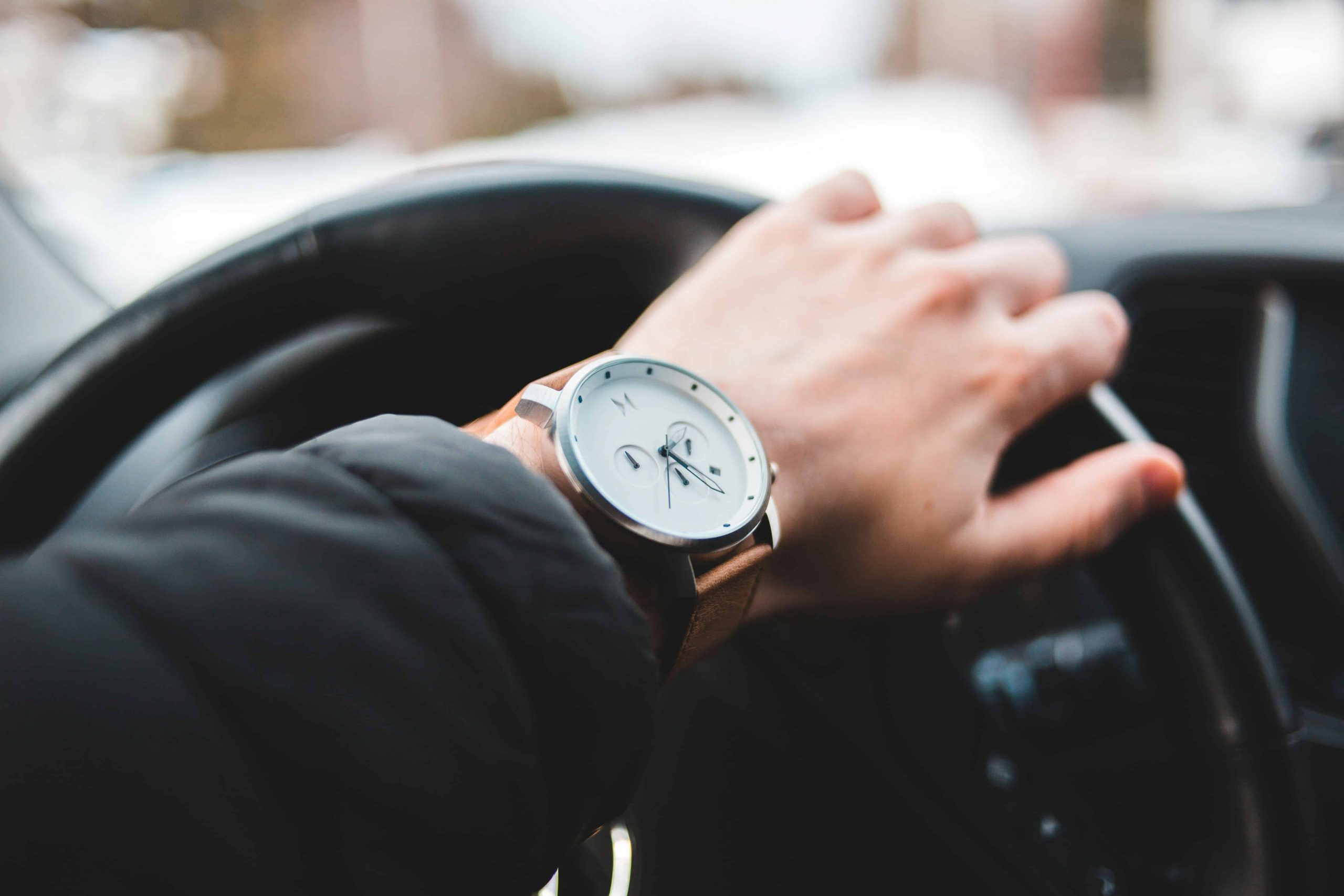
A Deep Dive into the Mechanics of Automatic Watches
Introduction
Automatic watches, a marvel in timekeeping technology, combine classic craftsmanship with innovative engineering. They offer wearers the convenience of continuous operation without the need for manual winding. While avoiding specific details about Pierre Gaston’s designs, we will delve into the core components and functionality of automated watches.
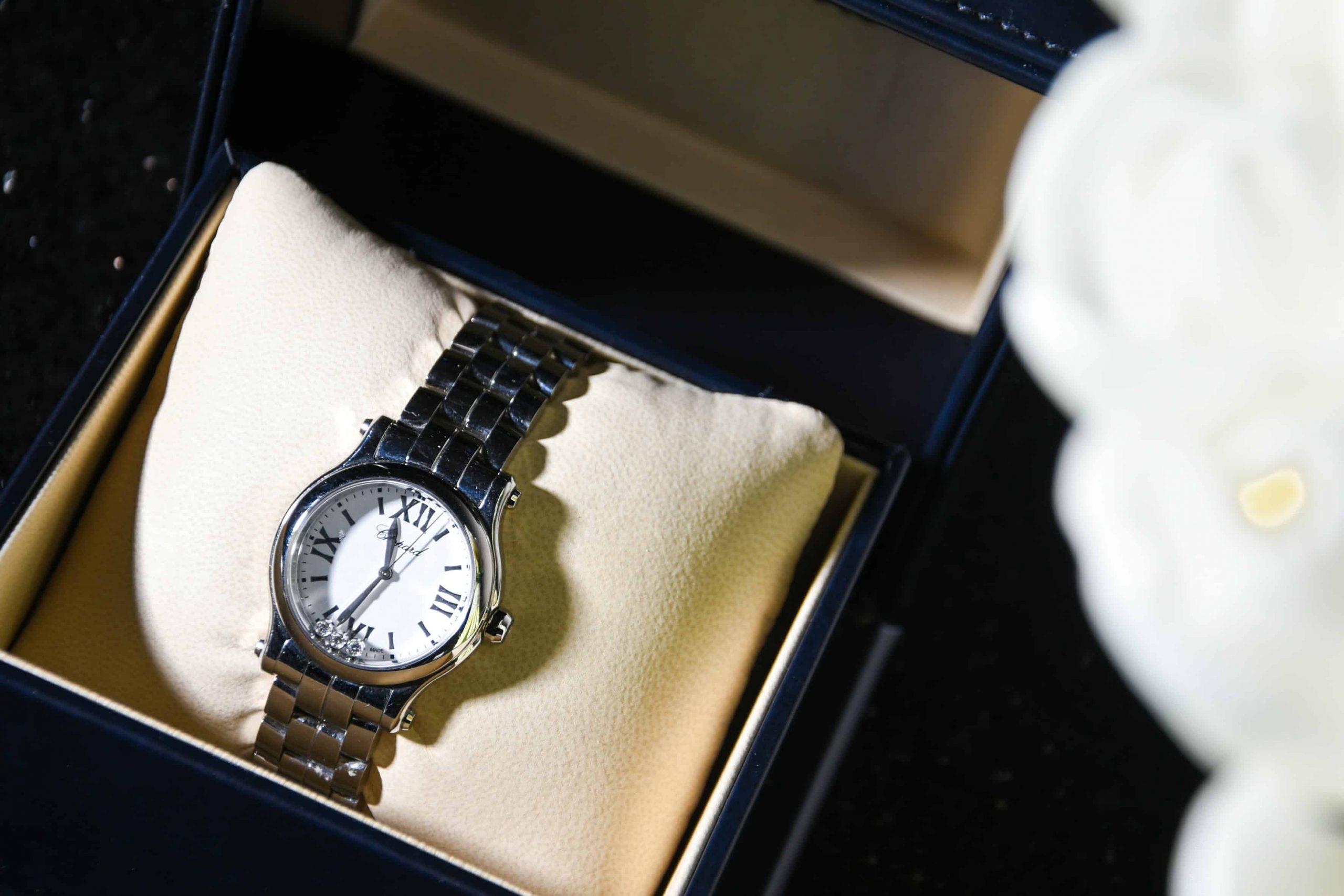
© Rana moussa / Unsplash
Core Components of an Automatic Watches
Mainspring
The mainspring, akin to a watch’s heartbeat, acts as its energy reservoir. Whether fueled by manual winding or the rotor’s motion, it’s the powerhouse driving the entire timekeeping mechanism.
Crown
In its modest size, the crown assumes a pivotal role, empowering users to intricately wind the watch and make precise time adjustments. Its precision adds to the watch’s user-friendly allure.
Gear Train
The gear train intricately weaves through the watch, serving as the complex network that propels stored energy from the mainspring, orchestrating the symphony of timekeeping with seamless efficiency.
Escapement
As the conductor of timekeeping, the escapement orchestrates the precise release of energy from the mainspring. Its meticulous function ensures the watch maintains accurate and regulated timekeeping.
Balance Wheel
The balance wheel, a linchpin in the escapement, gracefully oscillates, ensuring the meticulous measurement of time. This harmonious movement is crucial for the watch’s accuracy and reliability.
Rotor
Interconnected with the mainspring, the rotor acts as a kinetic energy harvester. Propelled by the wearer’s movements, it elegantly contributes to automatic winding, infusing perpetual vitality into the watch’s intricate heart.
How an Automatic Watch Works
Understanding the mechanics involves tracing the flow of power. The mainspring, when wound, stores energy. As the wearer moves, the rotor spins, transmitting energy back to the mainspring and effectively powering the watch’s hands.
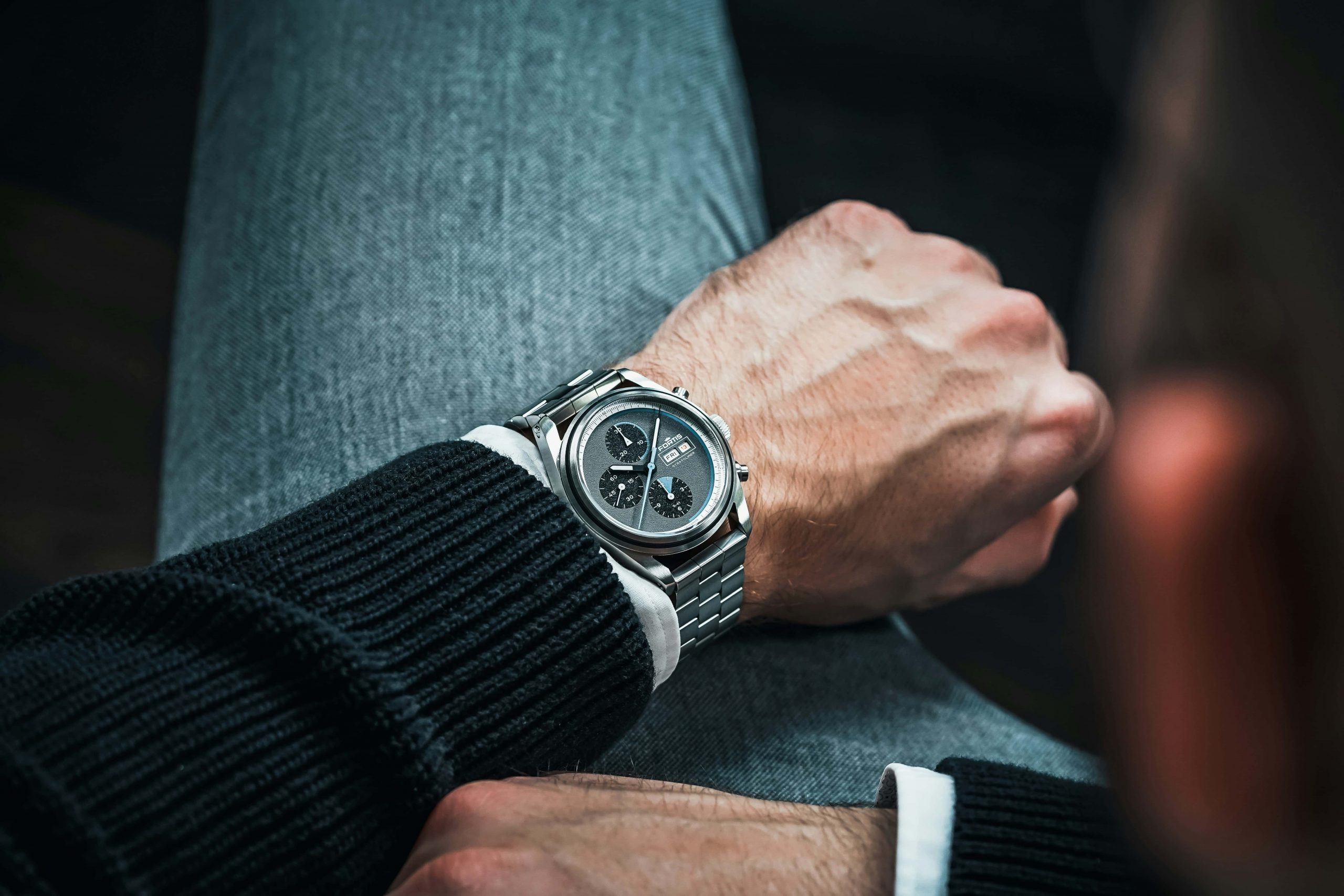
© Andreas Bentele / Unsplash
Conclusion
In this exploration of automatic watches, we’ve unveiled the poetry of precision encapsulated in their mechanisms. From the heartbeat of the mainspring to the intricate dance of the balance wheel and the elegant contribution of the rotor, each component plays a symphonic role. Automatic watches, with their seamless power flow and perpetual vitality, stand as a testament to the exquisite fusion of tradition and innovation, offering wearers a timeless journey through the artistry of timekeeping.
Key Takeaways
- Innovative Tradition: Automatic watches blend classic craftsmanship with modern engineering for a seamless fusion of tradition and innovation.
- Convenient Operation: Continuous operation without manual winding enhances user convenience.
- Essential Components: The mainspring, crown, gear train, escapement, balance wheel, and rotor orchestrate precise timekeeping.
- Precision in Motion: The escapement and balance wheel ensure meticulous time measurement.
- Perpetual Vitality: The rotor, fueled by the wearer’s movements, infuses perpetual vitality into the watch’s heart.
- Timeless Artistry: Automatic watches offer a timeless journey through the artistry of timekeeping, emphasizing precision in a harmonious blend of tradition and innovation.
FAQs (Frequently Asked Questions)
Can I overwind my automatic watch by manually winding it too much?
Modern automatic watches have mechanisms to prevent overwinding, so it’s generally safe to wind until you feel resistance.
How often should I manually wind my automatic watch?
It depends on the power reserve of your watch. Generally, daily winding ensures optimal performance.
Do all automatic watches have a rotor for automatic winding?
No, some models may feature alternative automatic winding mechanisms, but the rotor is the most common.
Are automatic watches less accurate than quartz watches?
While quartz watches are known for precision, modern automatic watches offer accuracy within an acceptable range, combining mechanical charm with reliable timekeeping.
Can I wear my automatic watch every day, or should I rotate it with other timepieces?
Daily wear is beneficial as it keeps the movement active. However, rotating watches allow you to enjoy and maintain each timepiece efficiently.
Embark on a journey through time as we delve into the fascinating world of iconic classic watches, exploring their rich history and the indelible mark they’ve left on horology.


